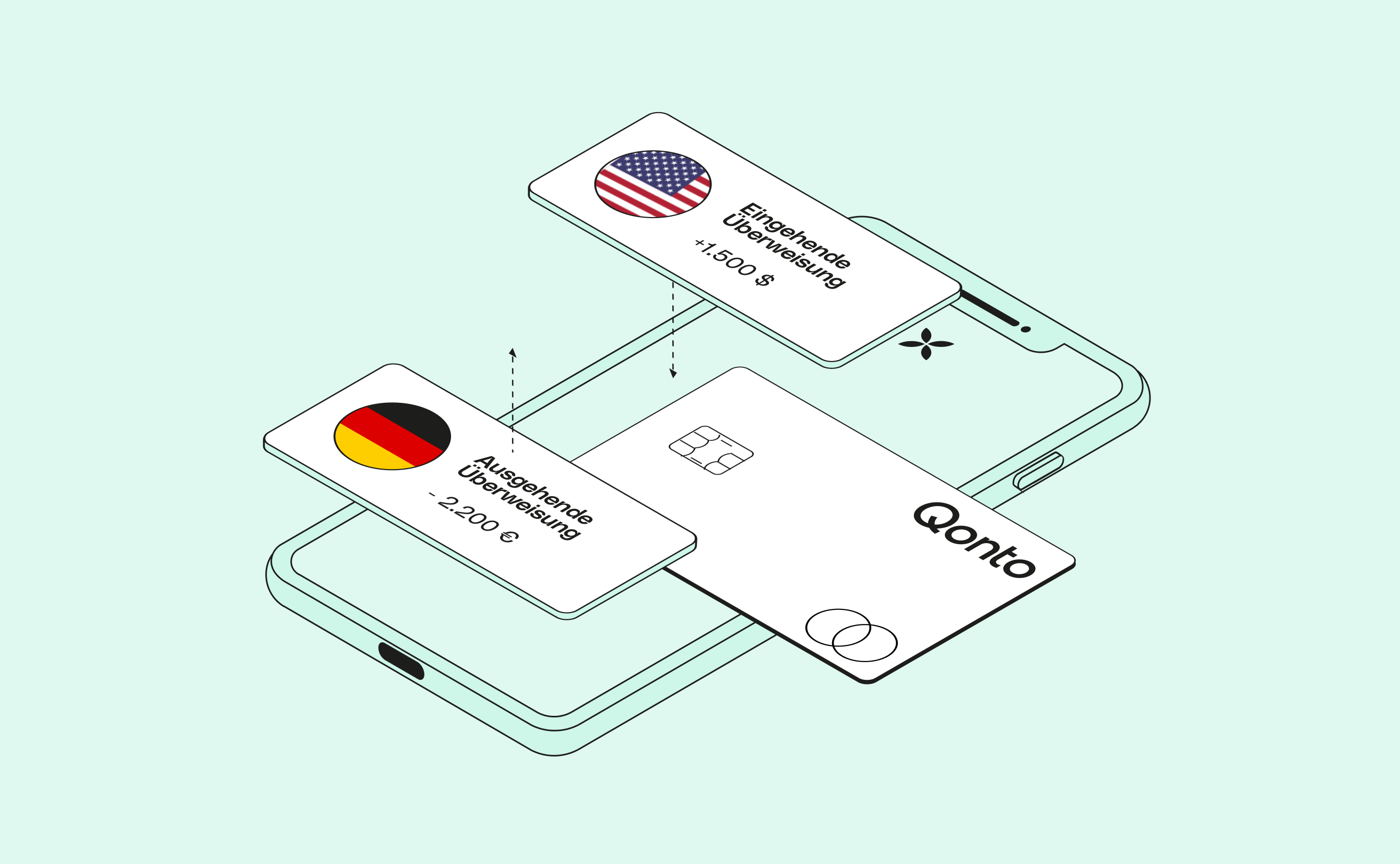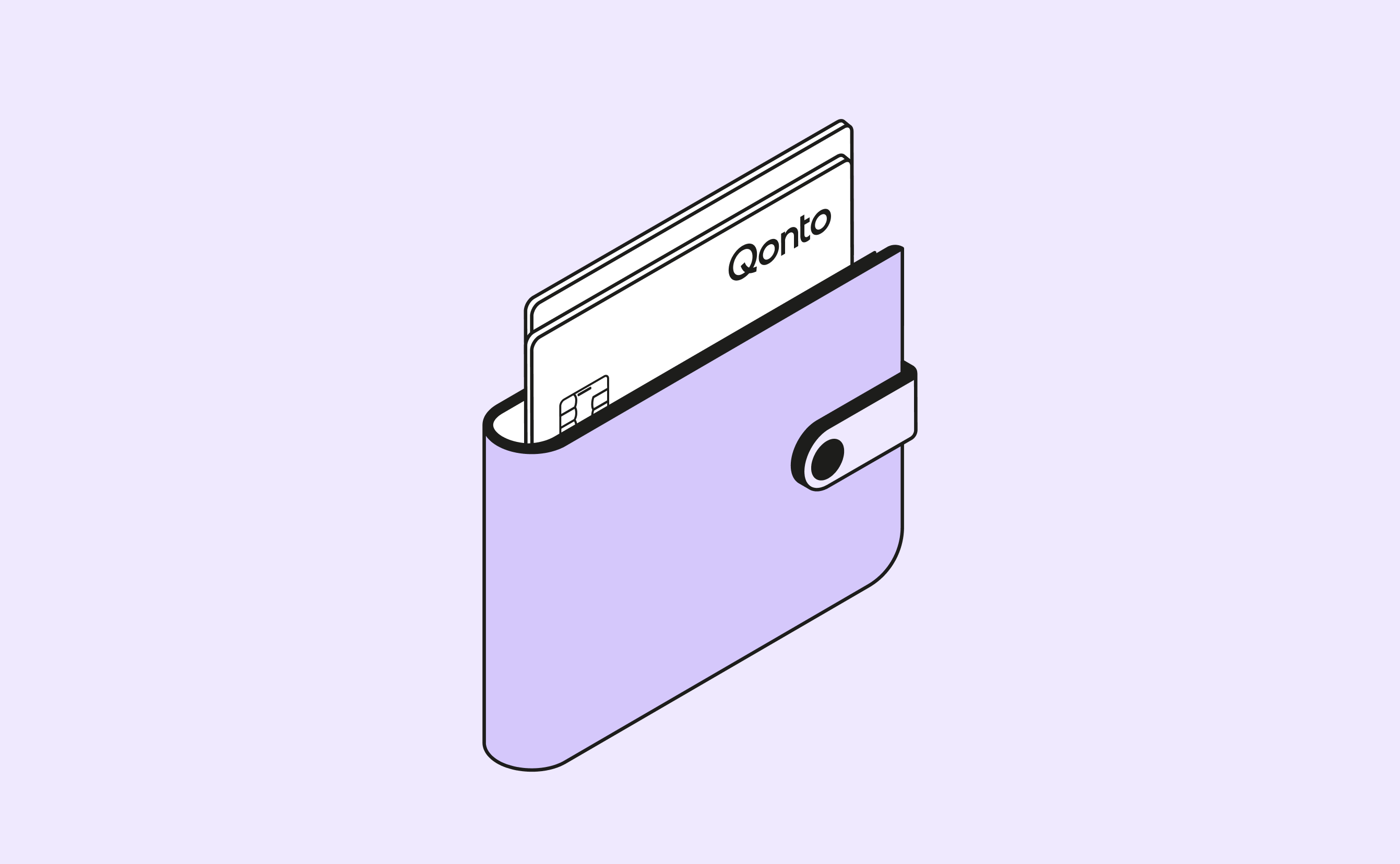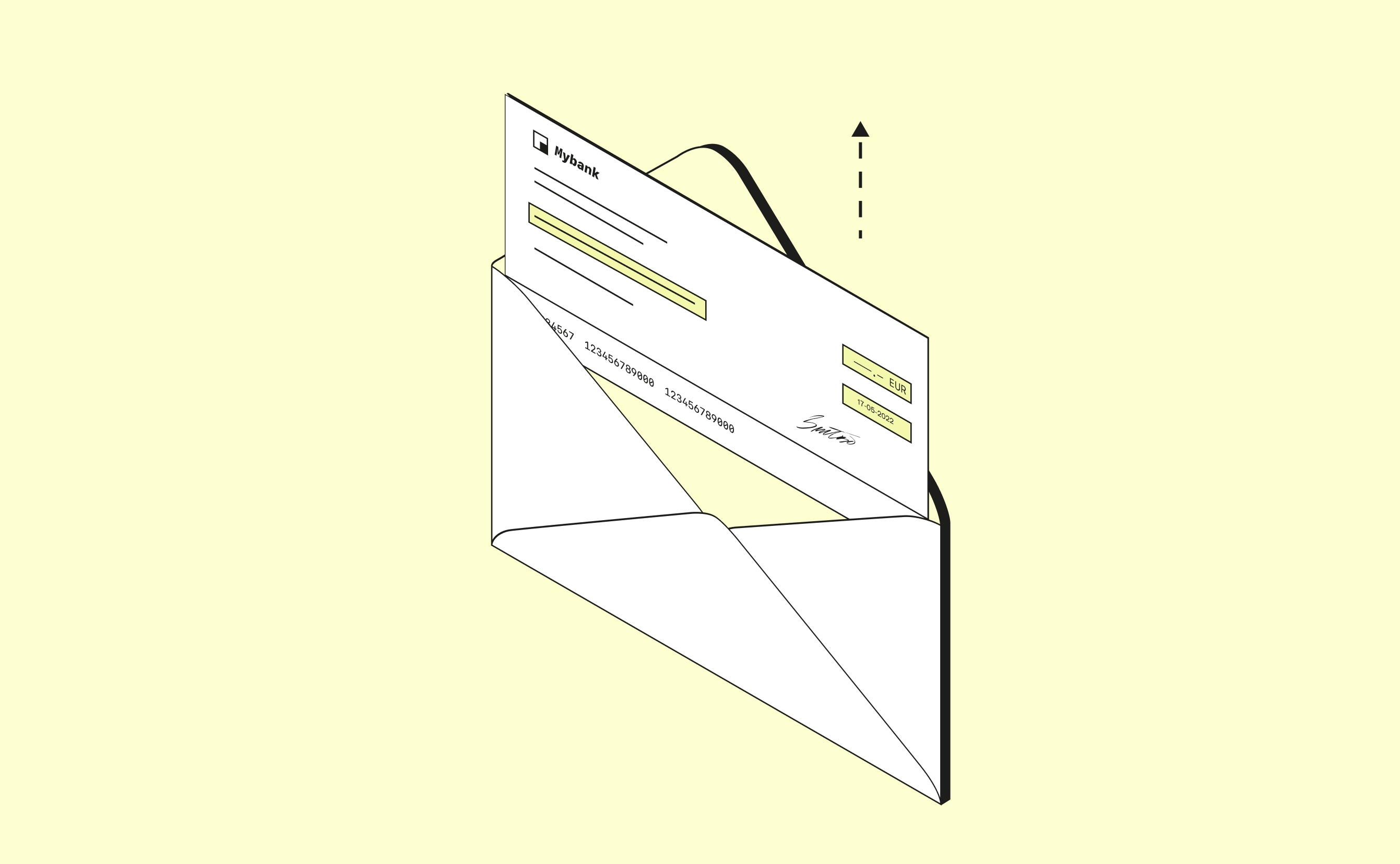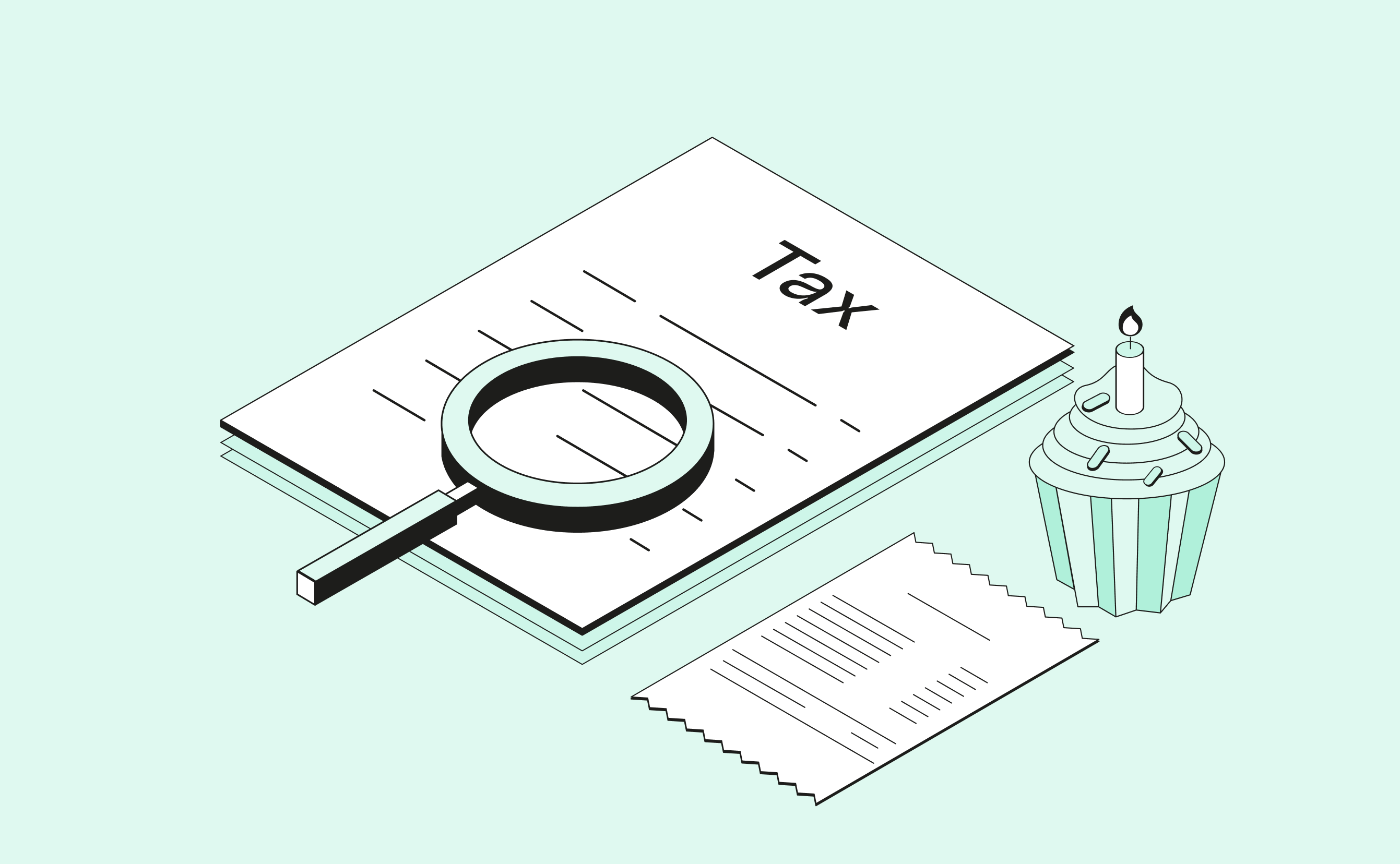Chargebacks are important to learn about for both customers and business owners. As a customer, you want to know the situations in which you should request a chargeback and how to go about it in the most efficient way. As a business owner you must prepare for inevitable chargeback situations with clients. Providing this service for your customers will enable trust in your business and garner respect from potentially dissatisfied clients. It’s also crucial to understand the chargeback process in order to protect yourself from chargeback fraud.
What is a chargeback and how does it work?
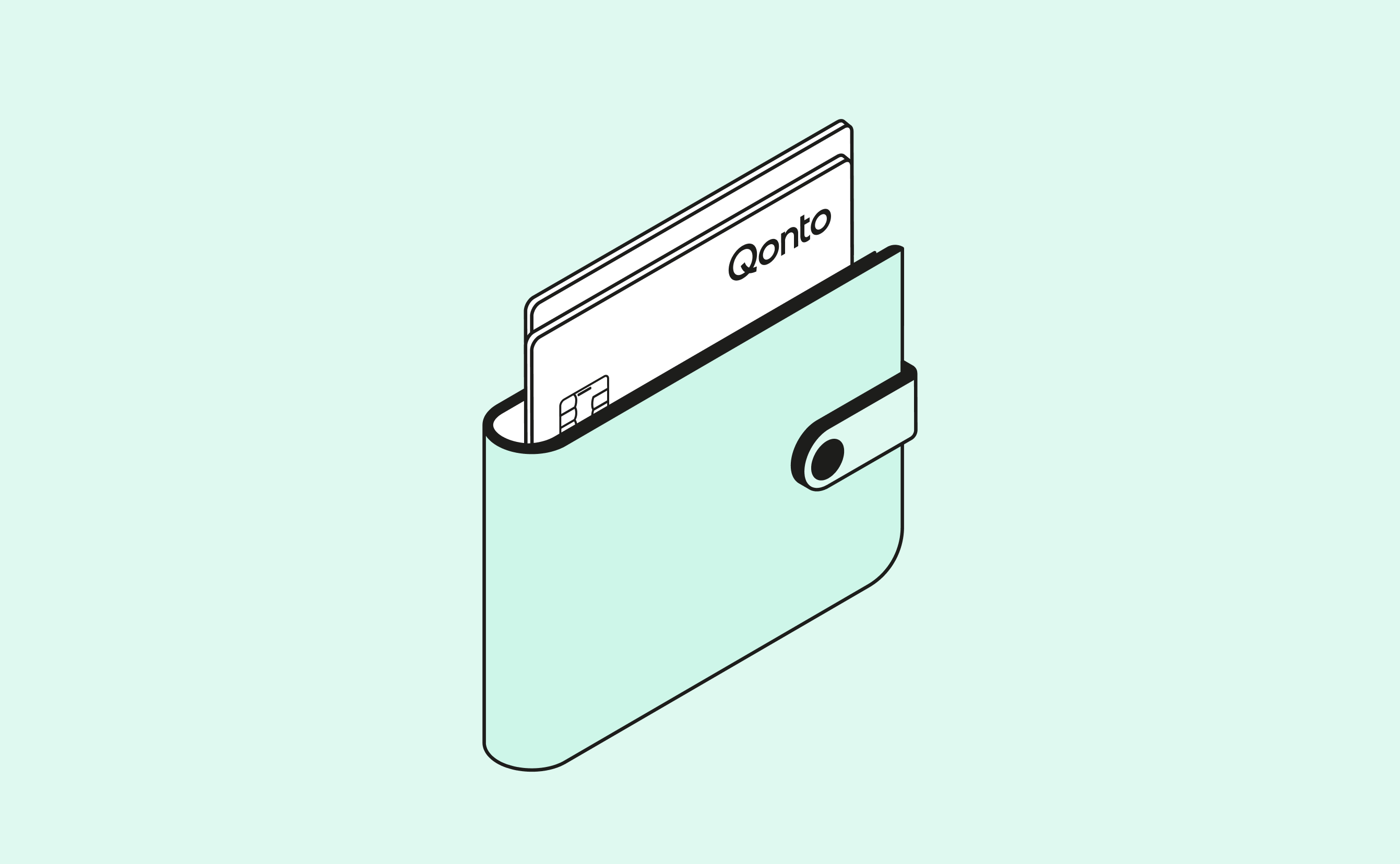
What is a chargeback?
Now is a good time to get acquainted with chargebacks. The coronavirus pandemic has seen a huge spike in chargeback claims throughout 2020 and 2021, due to the increase in online purchasing with debit and credit cards, and new businesses opening up during lockdown.
How does a chargeback work?
Chargebacks are a collaborative process initiated by the customer, reviewed and reimbursed by the card issuer, and paid for by the merchant. Because a single chargeback can take months to resolve, banks will often issue a provisional credit to the customer before the chargeback is fully resolved with the merchant.
- The customer disputes a transaction from their account and the claim is reviewed by the bank
- If the bank decides the claim is legitimate grounds for a chargeback, they will notify the merchant’s bank
- The merchant either accepts the request for a chargeback or disputes it. They can dispute the claim by resubmitting the charge to the customer along with a letter explaining their actions
- The customer’s bank will review the situation in light of the merchant’s disputation. The funds will be returned if they side with the merchant
- Either the customer or merchant can further contest the chargeback at this point with ‘pre-arbitration’. This is when the customer’s bank has sided with the merchant on the issue but then receives new information that further throws their decision into question
- If the issue is still not resolved during pre-arbitration, the chargeback enters arbitration. In this phase, the card network (the umbrella company owning the card issuing company) will examine the evidence put forward by both parties and make a final decision. This is the last possible stage of disputation in a chargeback case. If brought to this point, the losing party will pay a great deal in fees
Chargeback time limits
Important to note are the time limitations imposed on chargebacks. These limitations are designed to speed up the chargeback process, benefiting everyone due to the back and forthing between all involved parties and authorities. In Germany, the period in which a customer can dispute an unauthorised debit charge is 13 months. If the chargeback case is related to an authorised debit by an online retailer, the chargeback period is six weeks. For SEPA direct debit payments, it is 8 weeks.
Banking, taxes, and accounting in just one tool? No problem with Qonto.
Differences between chargebacks and refunds
What are the three types of chargebacks?
There are important distinctions between chargebacks, which determine whether the error is the fault of the merchant or if it is one of two kinds of fraud: true fraud or friendly fraud. Understanding the differences will help you as a merchant in deciding whether to dispute the customer’s claim or review your own transaction history for potential errors.
Merchant error
Merchant error is exactly what it sounds like: a mistake on your end as the merchant has been made, either by you, your personell, or your equipment or software. Customers may file for chargebacks if you bill them without first informing them and earning their consent. Making sure you run your business carefully and have reliable processes in place for all transactions will reduce the possibility of this kind of chargeback claim.
Friendly fraud
If a customer seemingly pays for and receives a product from your business, only to make the claim that were unaware such a purchase was made or that they never received the product, this may be an attempt at friendly fraud. They are trying to receive a refund for a product they have already received.
True fraud
True fraud chargebacks affect more parties than friendly fraud. They occur when one of your products is purchased with stolen credit or debit card information and the victim of this theft files for a chargeback over the fraudulent transaction.
What are the fees for a chargeback?
The individual who initiates the debit will incur fees on the chargeback, due to the effort involved from banks and card issuers. Merchants will pay more than the cost of the transaction if a chargeback arises, especially if they continue to dispute the chargeback at different stages of the process.
What are the reasons for a chargeback?
A customer will file a chargeback if they are a) dissatisfied with their purchase or service paid for, or if b) they don’t recognise the transaction in their bank statement. This is of course if the chargeback is genuine. Fraudsters will attempt friendly or true fraud to receive immediate funds from their card issuer.
How can you prevent a chargeback?
As a merchant, you will incur fees on chargebacks and they can also damage your financial reputation and cause the closing of business accounts. While fraud is an inevitable risk if you deal in e-commerce, there are things you can do to minimise the number of chargebacks from customers.
Contesting illegitimate chargebacks
Although the process of contesting a chargeback can be costly and long, it’s important to fight suspicious chargeback claims. Leaving yourself open to chargeback fraud will only encourage more fraudsters to target your business.
Accepting the inevitability of chargebacks
Don’t expect to avoid all chargebacks, nor should you try to dispute every chargeback claim that comes your way. Some will be due to merchant error and require you to review your financial department and staff, to make sure there aren’t any unaddressed issues in your processes.
There are many things you as a business owner will have to deal with. Chargebacks are are another responsibility you can add to the list, but luckily they can be minimised with the right approach.
- A chargeback occurs when a customer disputes a transaction made to a merchant
- The chargeback process involves the card issuer, customer, and merchant. At later stages, the card network and banks of the involved parties will weigh in on the issue
- There are three types of chargebacks: merchant error, friendly fraud, and true fraud
- Merchants incur fees when chargeback claims are made, and they pose a threat to the financial legitimacy of the merchant’s business
- Merchants can dispute chargebacks and should do so when they notice suspicious claims. Not all claims should be disputed however, and the inevitability of legitimate chargeback claims must be accepted
